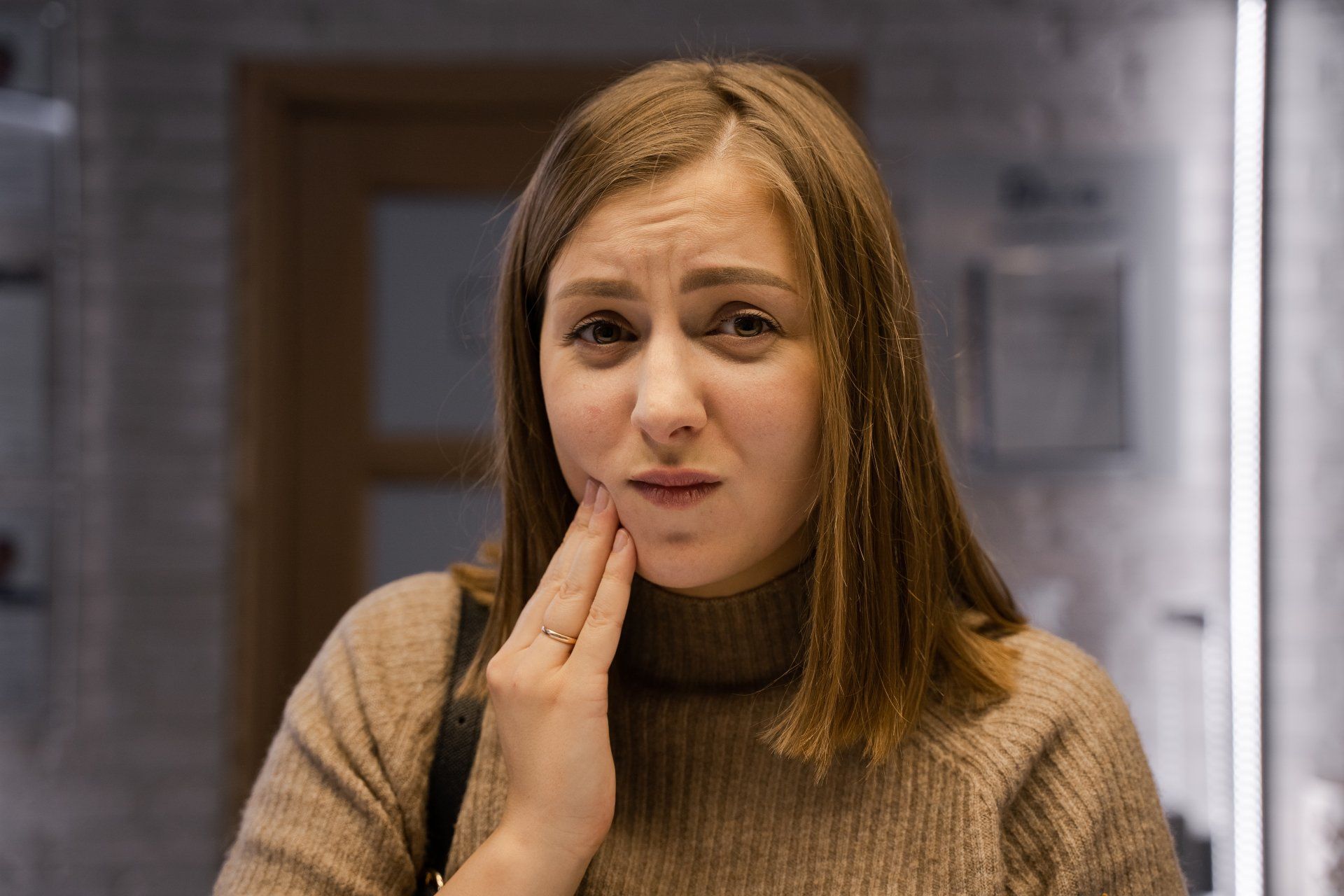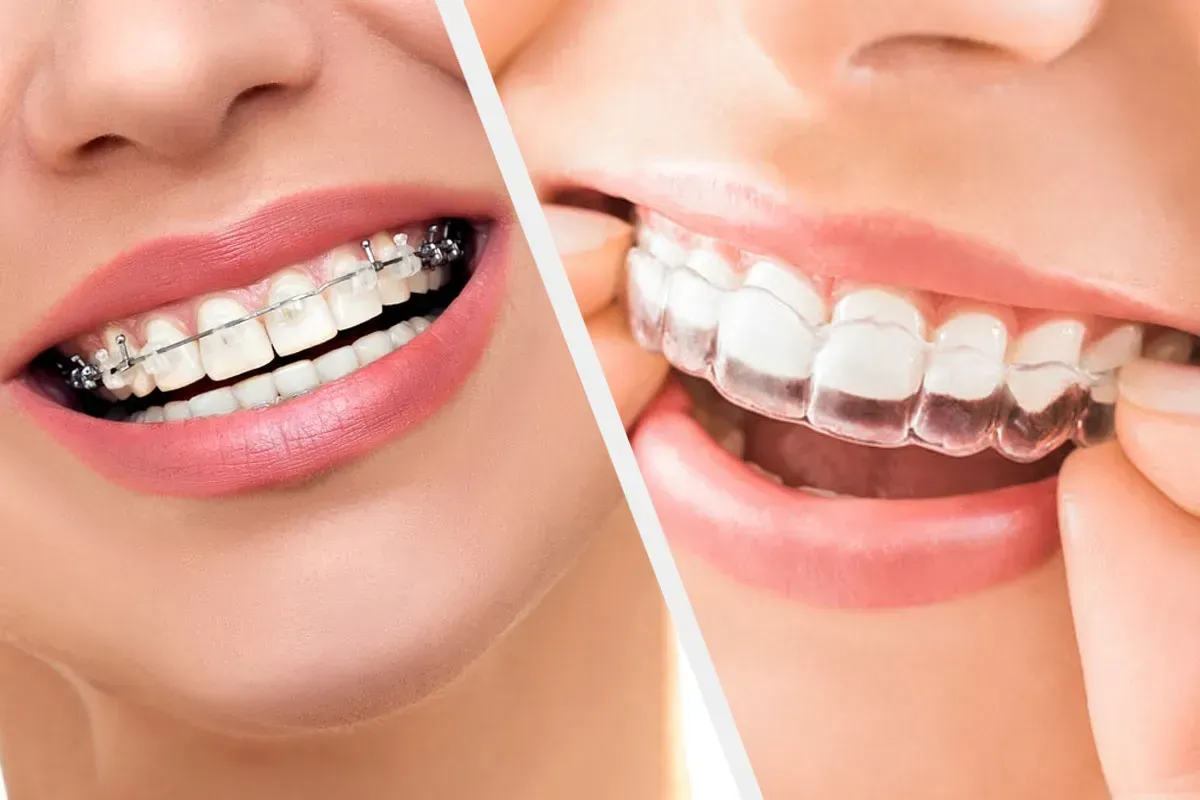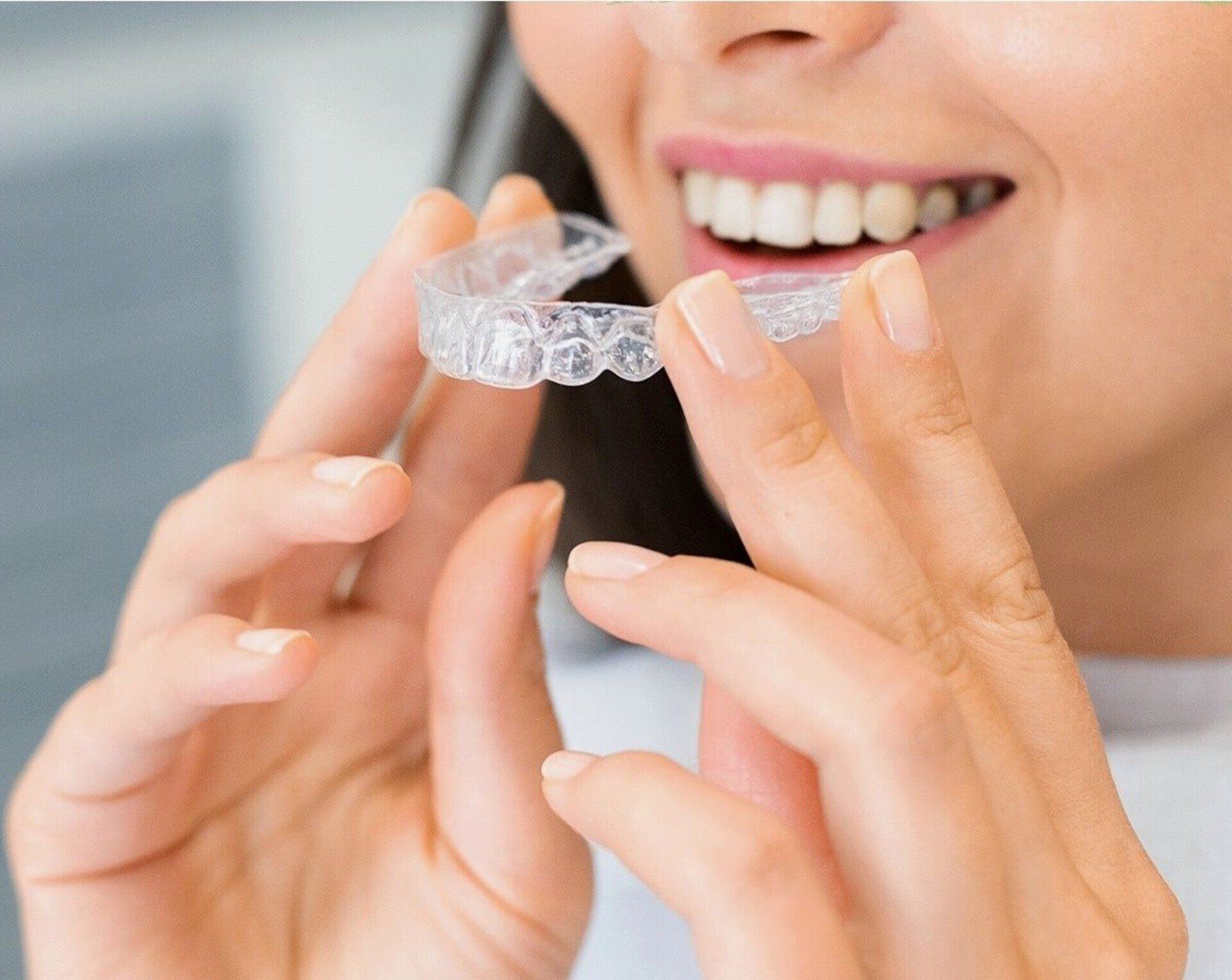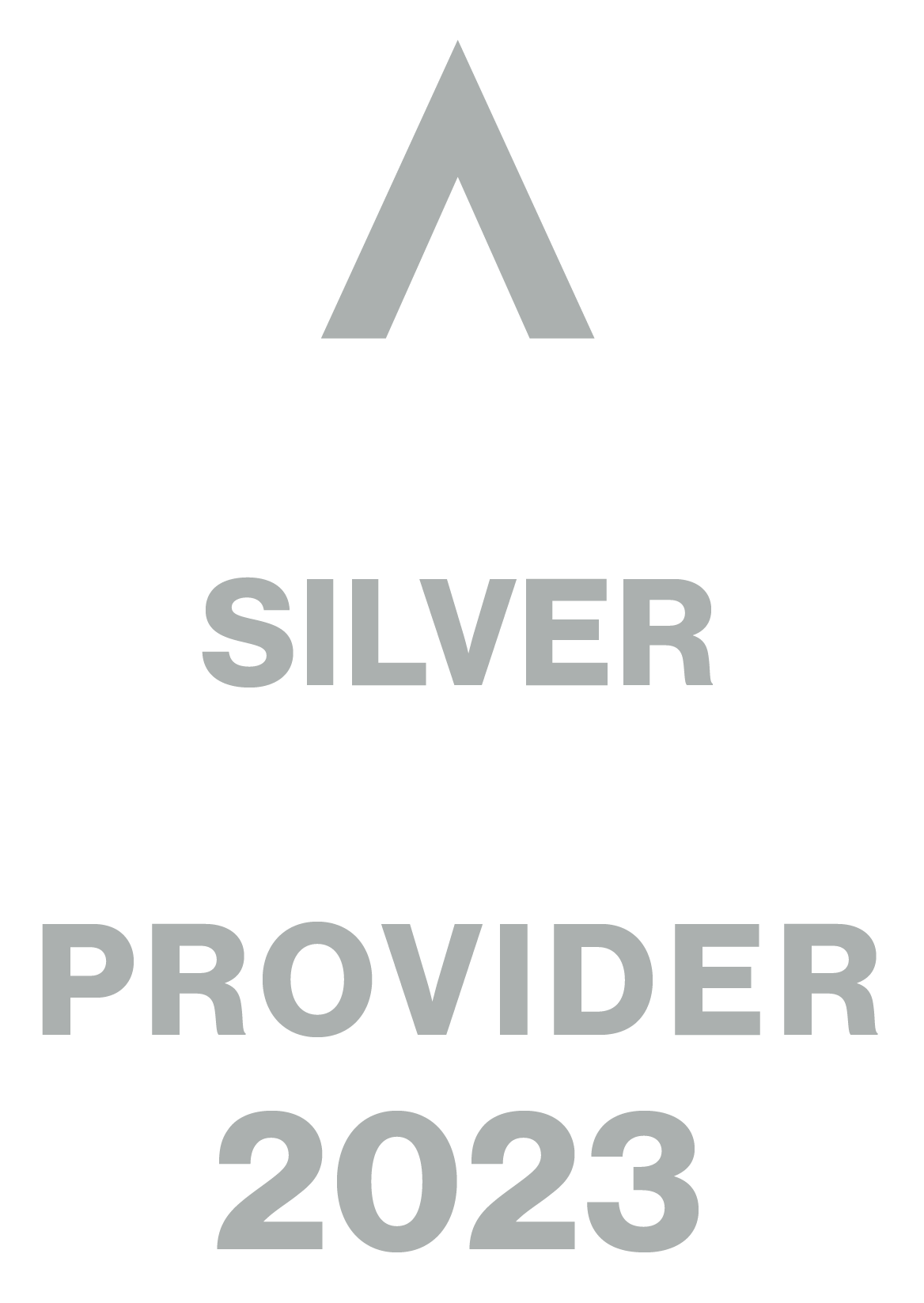Invisalign hacks that will blow your mind
Invisalign hacks that will blow your mind
With all our Invisalign patients, we’ve heard every story in the book:
Reason #1
You wore braces in your teens but didn’t wear your retainer so it’s moved back to its old position.
Reason #2
You can now finally afford to straighten your smile but train tracks? No way, let’s go with the clear alternative.
Reason #3
You came in for veneers to immediately fix your uneven smile but we’ve said let’s do it the RIGHT way and straighten your teeth first so we can move forward with no-prep veneers at the end of your orthodontic treatment.
Reason #4
You have a special event or wedding coming up down the track and you need to finally address your unhappy smile!
Reason #5
Someone told you have crooked teeth.
Reason #6
You woke up with an epiphany and decided that today is the day you get braces!
Whatever it may be, we’ve heard it all and we’re here to help! I, myself, am an avid Invisalign user so I shall relay all my knowledge unto my dear unsuspecting future wearers who have no idea what they’re getting into!
Let’s start off with 10 Invisalign HACKS that will get you through your teeth-straightening journey!
Hack #1 - Your Invisalign case
Your Invisalign Case IS YOUR FRIEND. Keep it in your bag, in your pocket, in your hand, in your shoe – everywhere! There’s nothing worse than going to a nice fancy restaurant for your birthday and not bringing your case because it didn’t match your outfit so you wrapped it in a tissue only for the waitress to pick up and throw away. Does this sound ridiculously implausible? Trust me, it isn’t.
Hack #2 - A good nail file
Invest in a good nail file. Fellas, I am talking to you too (you can say it belongs to your super gorgeous girlfriend)! Sometimes new aligners can come with unexpected sharp spots that not only cut your tongue and mouth but it feels really bloody annoying! File that sharp spot down and you’re good to go! Don’t waste time going back to the dentist when you can fix it quick and easy at home.
Hack #3 - No chewing gum
Say goodbye to chewing gum. No matter what ANYONE says, you absolutely cannot have gum whilst wearing your aligner. Don’t believe me? Try it and let me know.
Hack #4 - Matte lipstick
A lot of people seem to think that once they start Invisalign, they have to give up lipstick/lip-gloss. THIS IS FALSE and I pity those that let their lips go dry and colourless. It’s all about using the right product. I find matte lipsticks work best and ensure your lips are set and dry before you make any mouth movements (smiling immediately after application can leave a mark on your aligner). Not to worry, when it does, it comes off easily.
Hack #5 - Switch before you sleep
Switch to your new aligners before you go to sleep! Why is this, you may ask? It’s best to move your teeth into its new position for an undisrupted period of time. Think about it, it’s better having your new aligners in for 8 hours straight whilst you sleep vs. in and out throughout the day.
Hack #6 - No coloured lollies
Coloured lozenges and lollies are an enemy! If you can avoid it, try not to have sweets in your mouth whilst wearing your aligner. Not only can it cause cavities to brew below but it can also stain your aligners to a nasty colour which you will be stuck with until your next aligner change.
Hack #7 - Emergency dental travel kit
Keep an emergency dental travel kit in your bag or car. It’s so important to put clean aligners on clean teeth. This doesn’t necessarily mean we expect you to brush your teeth after each meal, but it is important that rinse thoroughly and remove any food that may be stuck in your teeth before putting your aligner’s in.
Hack #8 - Use your outie
If you have Invisalign, you will know what an absolute pain it is to take out your aligners AFTER you get your attachments! Because of this, they’ve invented a great little tool called an “outie.” With it, you can eliminate the hassle of using your hands (especially after you’ve had a fresh manicure).
Hack #9 - Soak while you eat
Soak your Invisalign in a denture solution whilst you’re having breakfast or dinner to refresh your aligners and help you brush off the excess gunk (or maybe it’s just me haha).
Hack #10 - Smile
SMILE! Smile all day err’ day and don’t be afraid to show off your beautiful teeth and talk about Invisalign to others. The evolution of orthodontics is absolutely amazing.
At Wexford Dental Clinic we are an affordable family dentist in Scarborough, where we offer a variety of services for you and your family providing only what you need. No pressure, no white coats, just safe, soothing dentistry. Give us a call today at 416 222 8296 to talk to someone to schedule a free consultation today!












